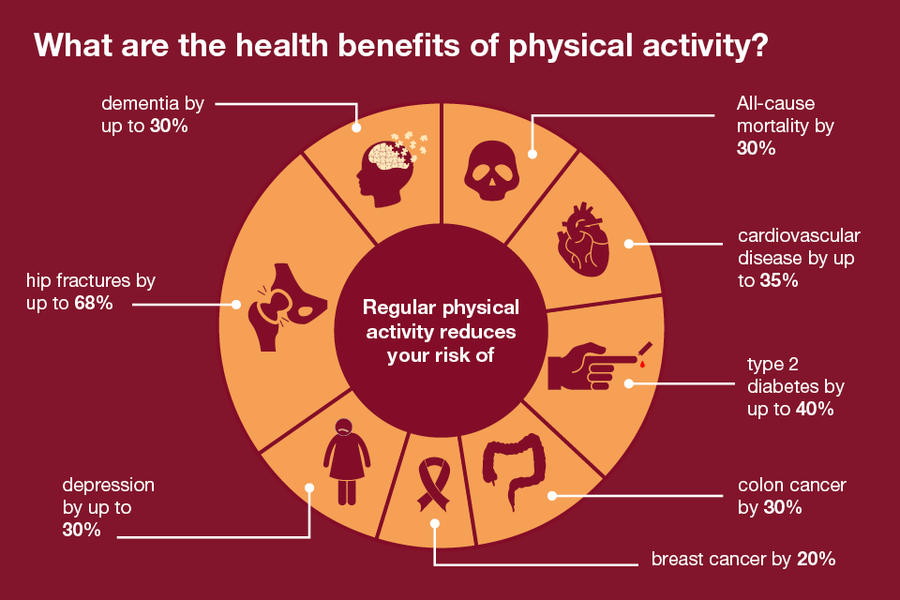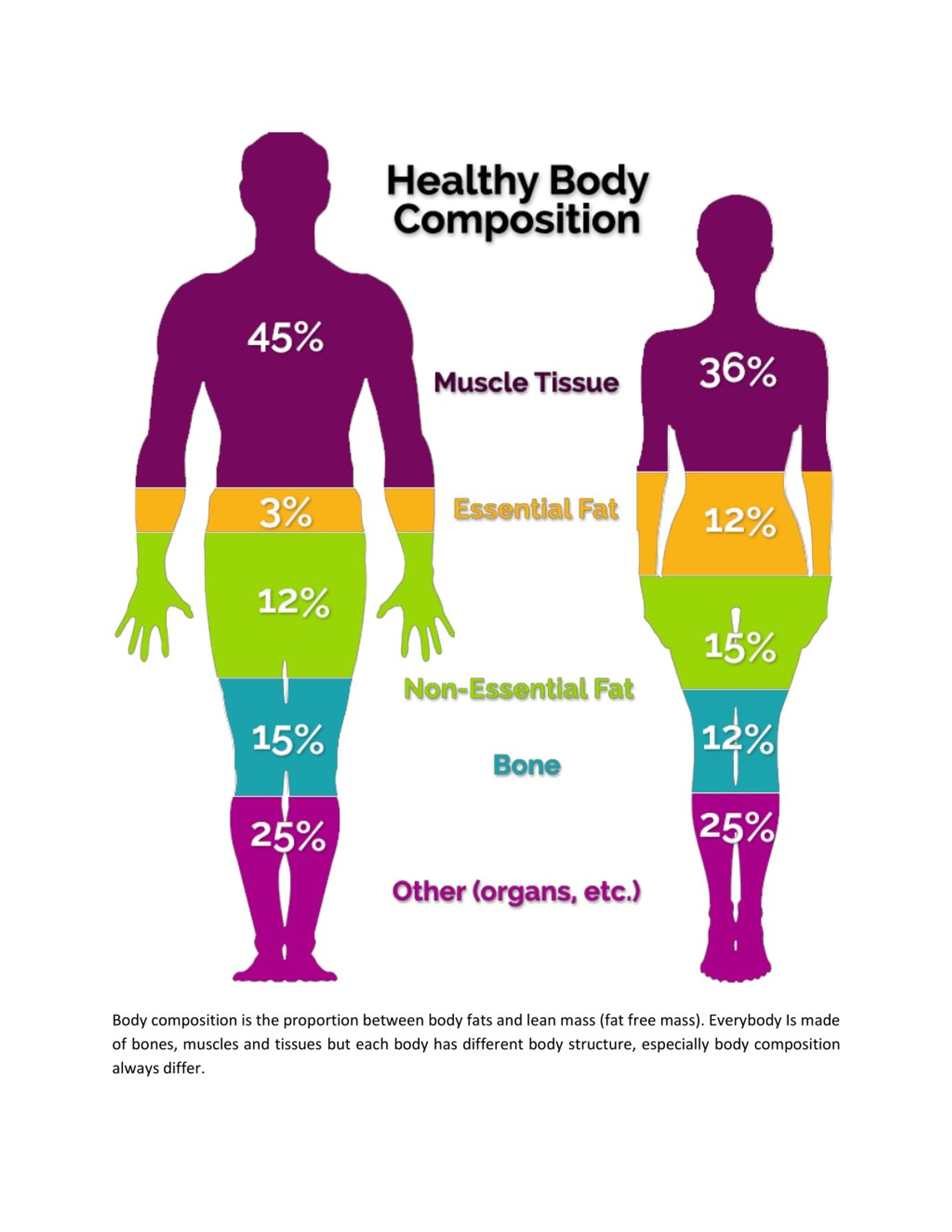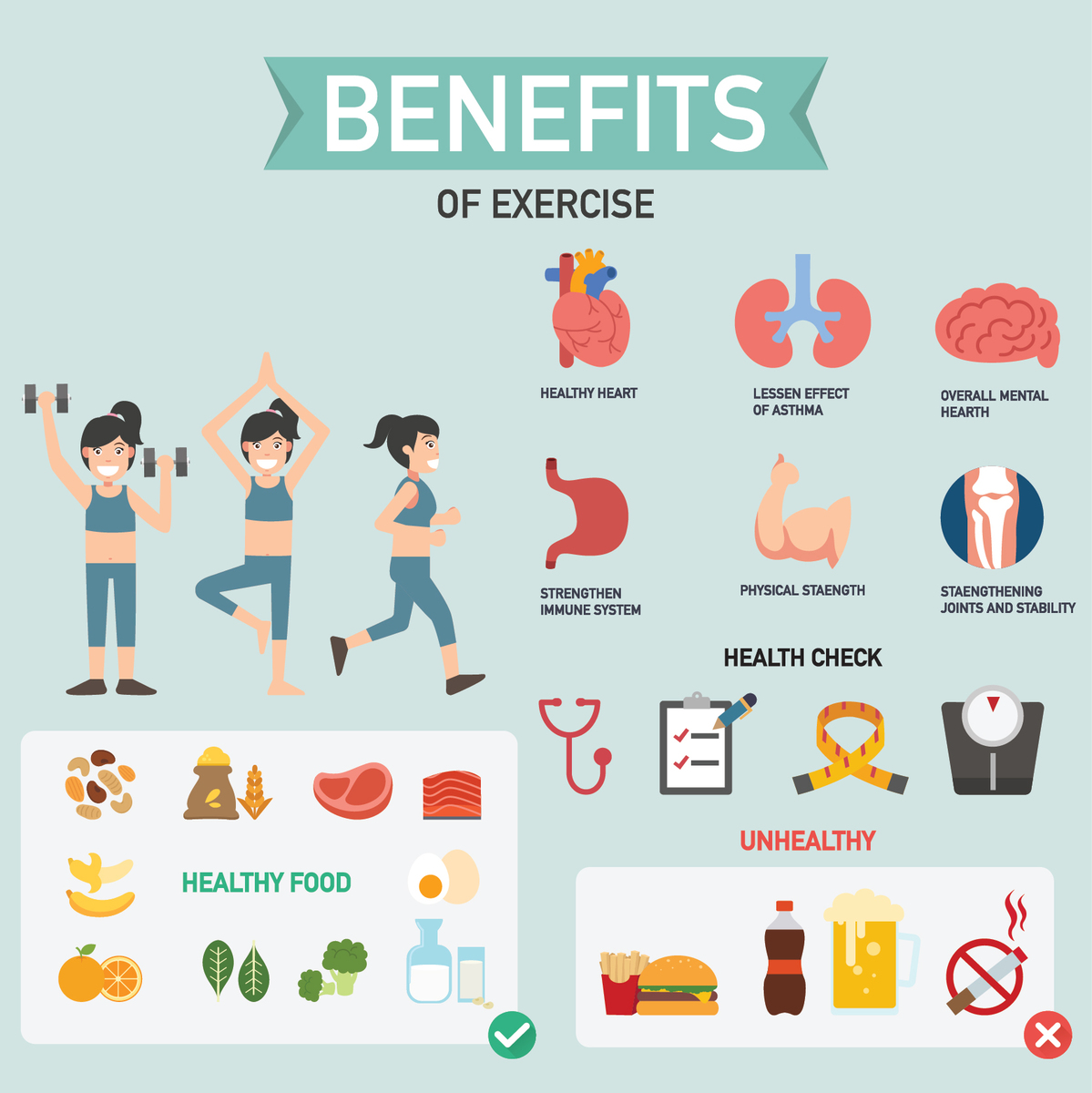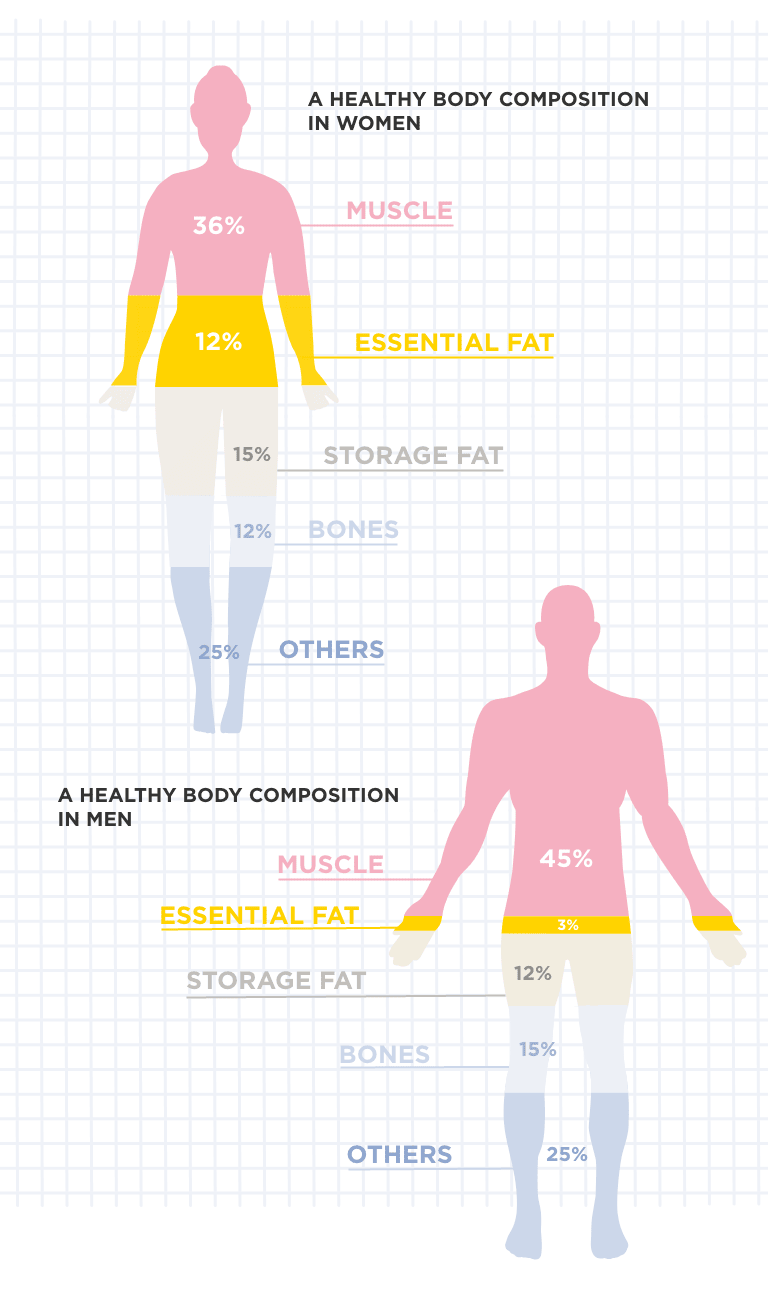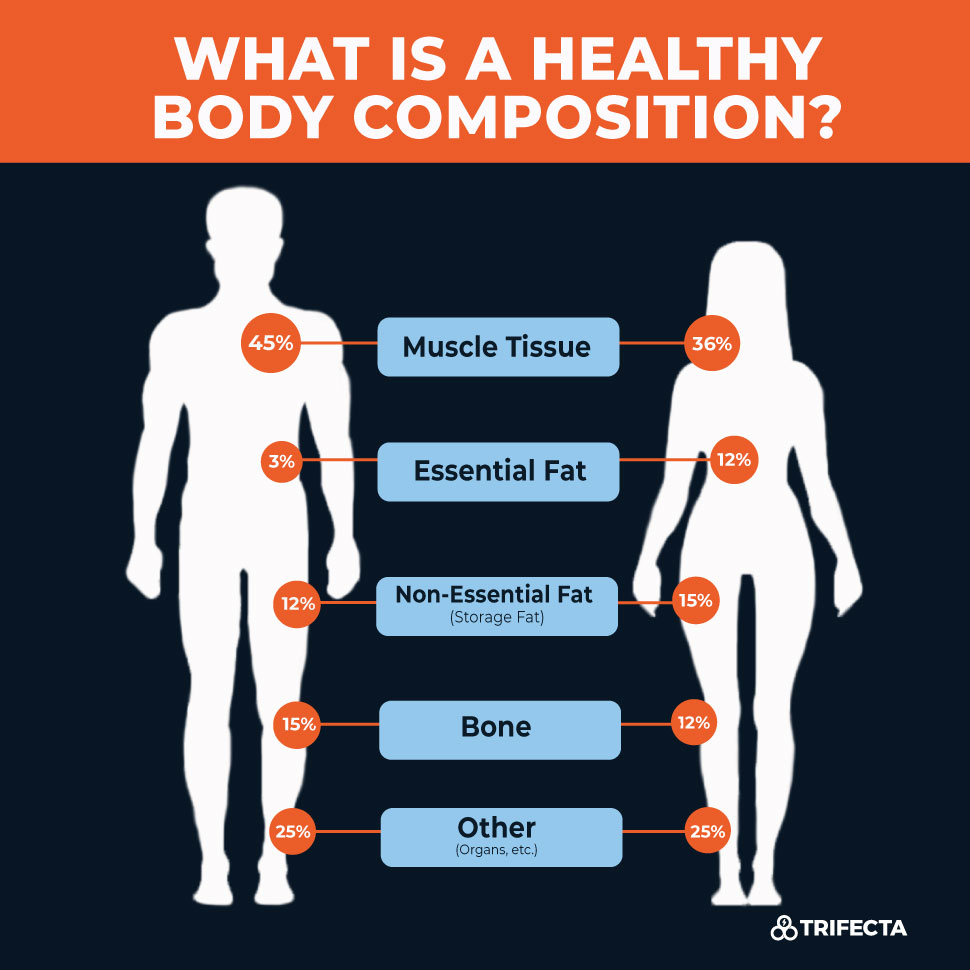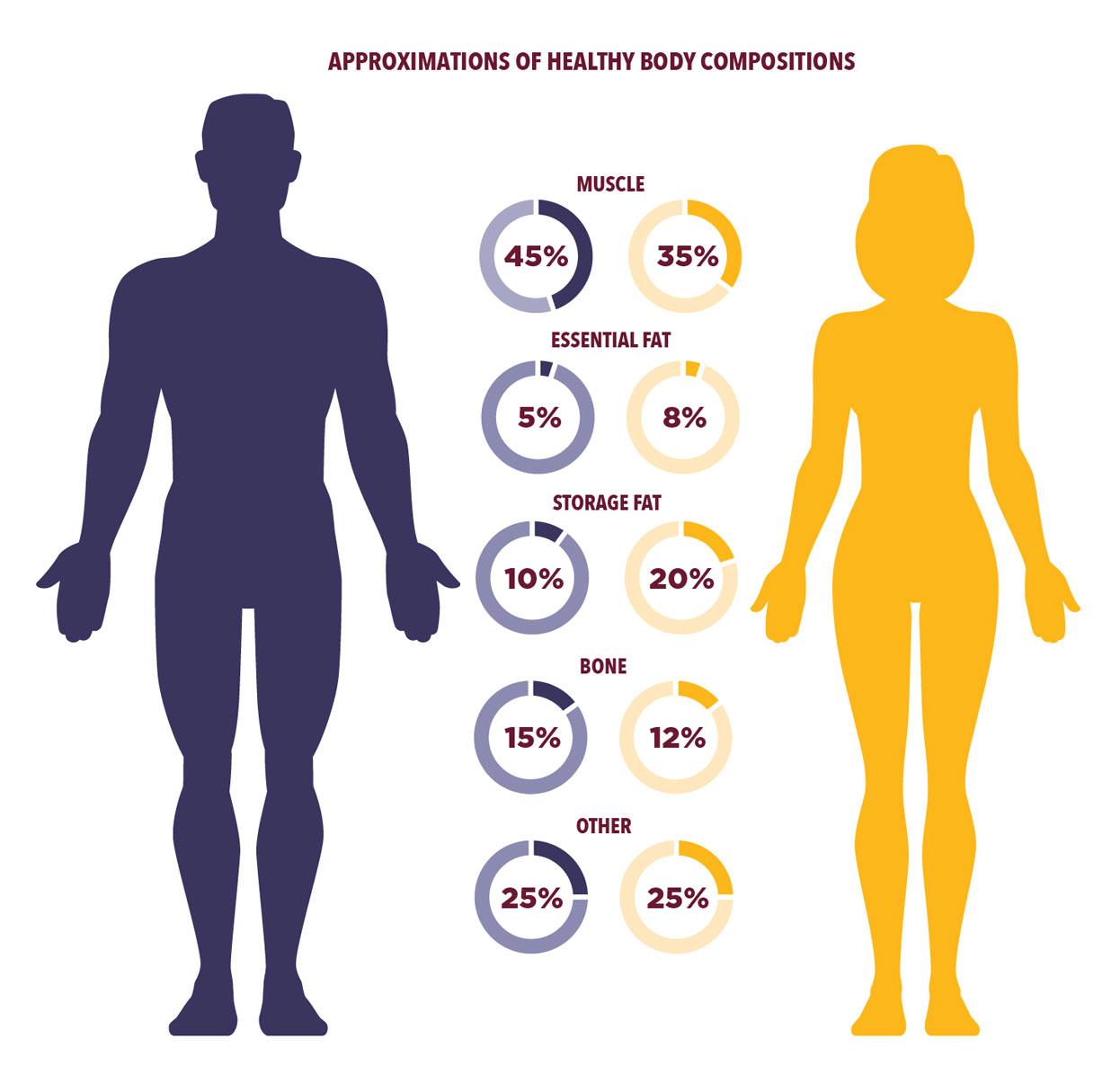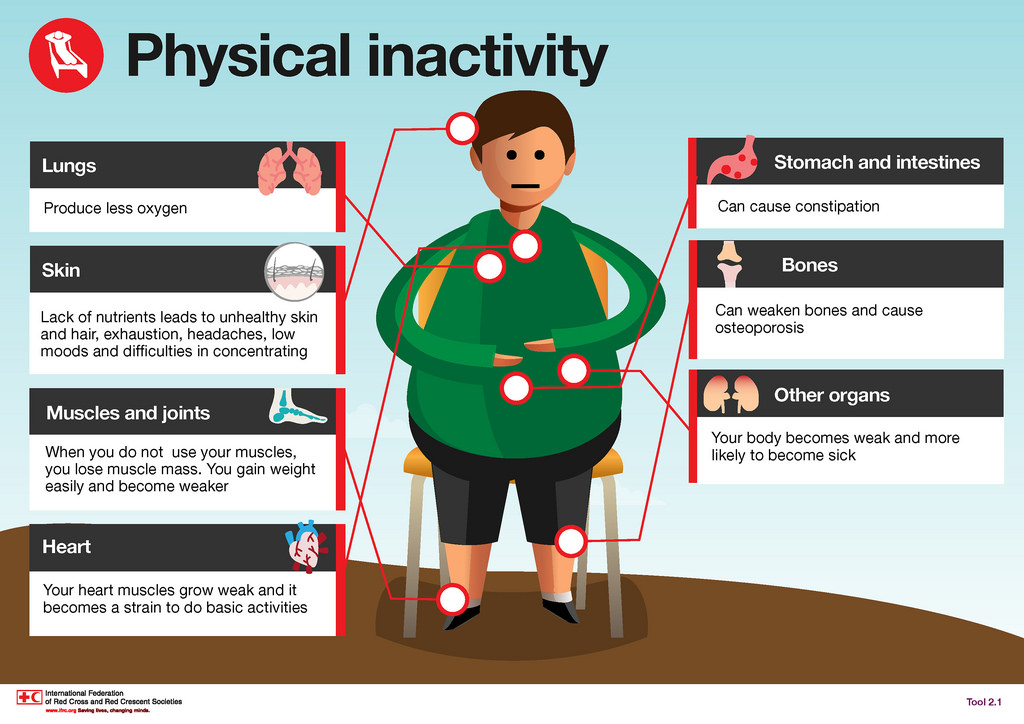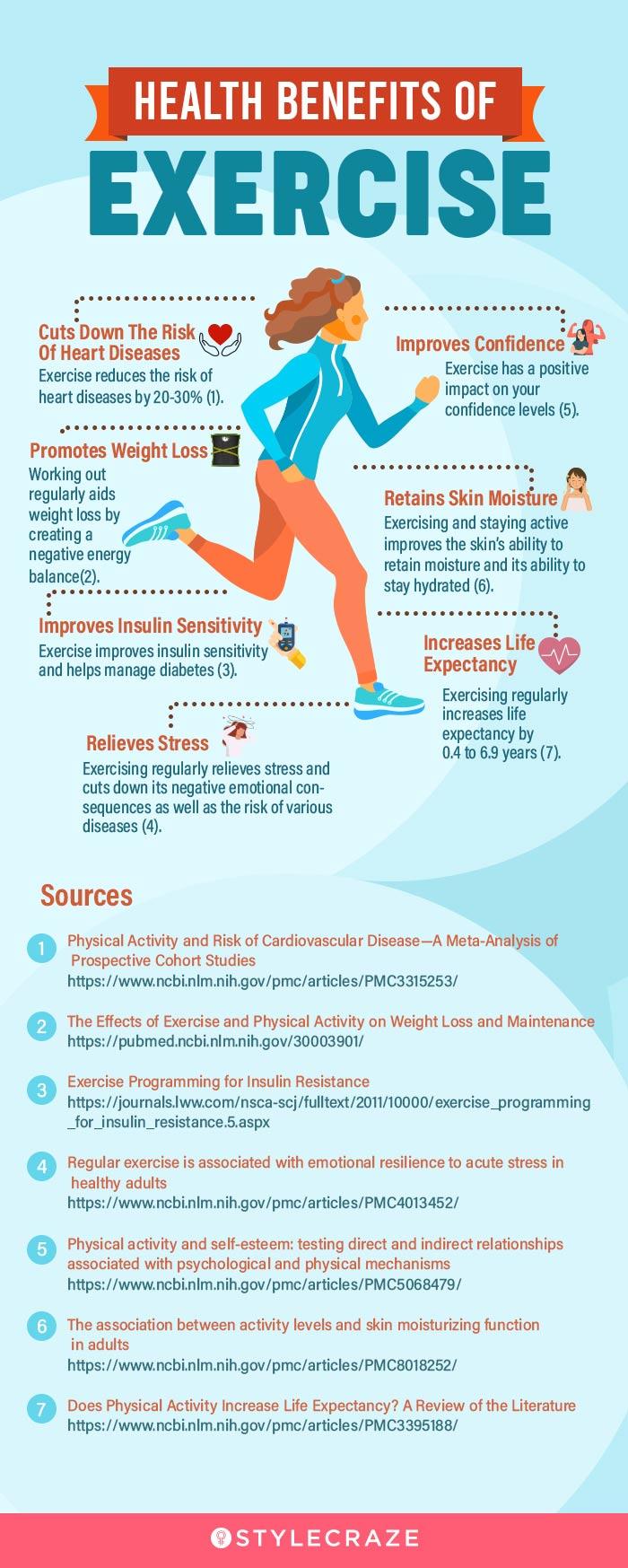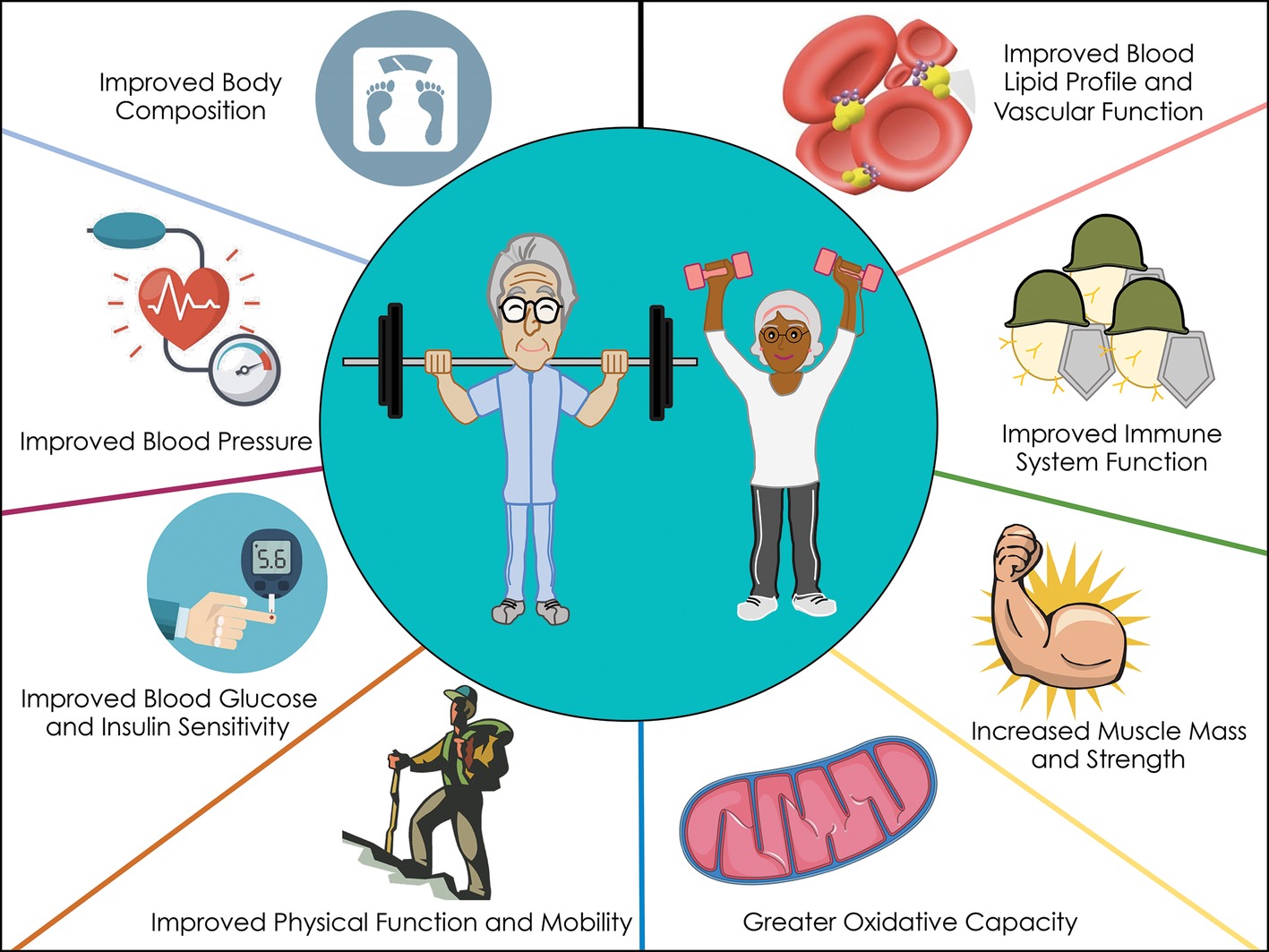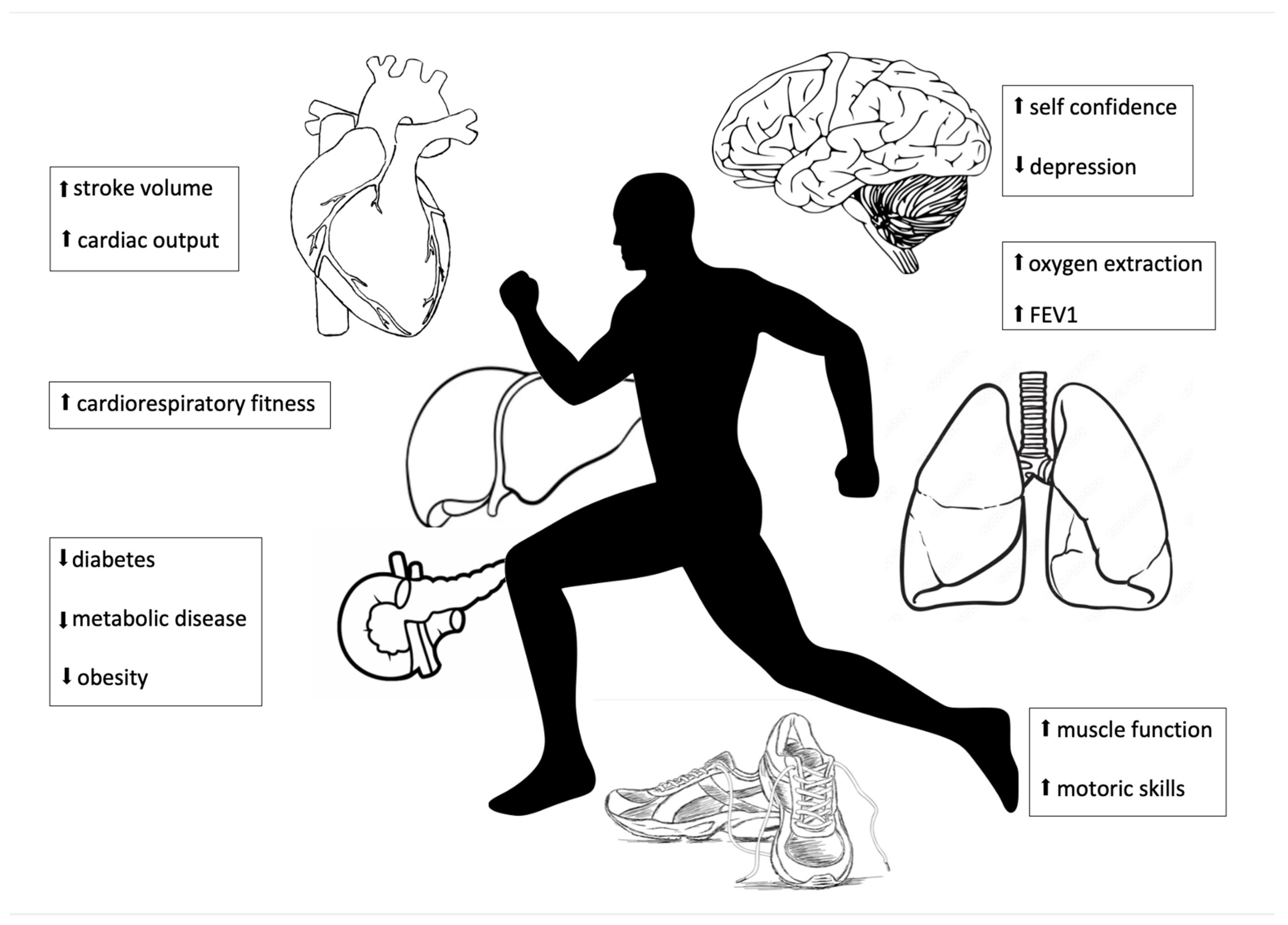What Effect Does Physical Activity Have On Body Composition
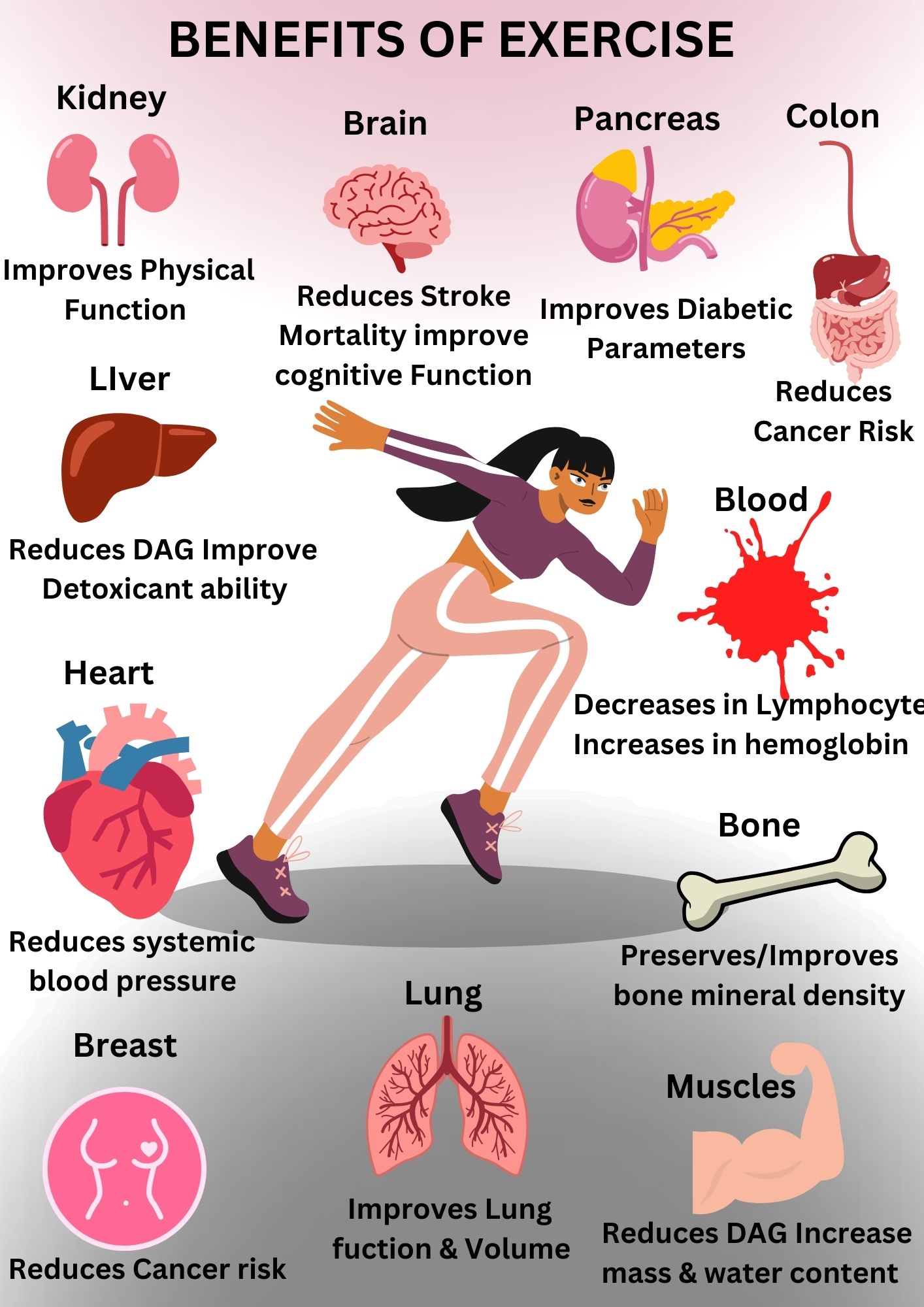
The relentless pursuit of optimal health and well-being often hinges on understanding the intricate relationship between physical activity and body composition. The scale, once considered the definitive measure of health, is increasingly recognized as an incomplete indicator. Body composition, the proportion of fat, muscle, bone, and water in the body, offers a far more nuanced and insightful perspective on overall health and fitness.
This article delves into the profound impact of physical activity on body composition, exploring how different types of exercise influence muscle mass, fat reduction, and overall body health. Drawing on credible sources and scientific data, we aim to provide a comprehensive overview of this critical aspect of health and fitness.
Body composition isn't merely about aesthetics; it's a crucial determinant of metabolic health, disease risk, and overall quality of life. Understanding how physical activity reshapes our bodies at a fundamental level is key to crafting effective and sustainable health strategies.
The Nuances of Body Composition
Body composition goes beyond simply knowing your weight. It provides a detailed breakdown of your body's makeup, distinguishing between fat mass and lean mass (muscle, bone, and water). This distinction is vital because muscle is metabolically active, burning more calories at rest than fat.
Assessing body composition can be done through various methods, including Dual-energy X-ray absorptiometry (DEXA) scans, bioelectrical impedance analysis (BIA), and skinfold measurements. Each method has its pros and cons in terms of accuracy, cost, and accessibility.
According to the American College of Sports Medicine (ACSM), a healthy body fat percentage for men typically falls between 10-20%, while for women, it's between 20-30%. These ranges can vary based on age, genetics, and activity level.
Cardio's Role in Fat Reduction
Cardiovascular exercise, often referred to as "cardio," plays a significant role in reducing body fat. Activities like running, swimming, cycling, and brisk walking elevate heart rate and increase energy expenditure, leading to a calorie deficit that promotes fat loss.
The Centers for Disease Control and Prevention (CDC) recommends at least 150 minutes of moderate-intensity aerobic activity or 75 minutes of vigorous-intensity aerobic activity per week for adults. Consistent adherence to these guidelines can lead to significant improvements in body composition.
While cardio is effective for burning calories, it's important to note that it may not significantly contribute to muscle mass gain. Therefore, a balanced approach incorporating both cardio and strength training is often recommended.
Strength Training and Muscle Mass
Strength training, also known as resistance training, is crucial for building and maintaining muscle mass. Lifting weights, using resistance bands, or performing bodyweight exercises stimulates muscle protein synthesis, leading to muscle growth (hypertrophy).
Increased muscle mass not only improves strength and physical function but also boosts metabolism. More muscle mass means a higher resting metabolic rate, making it easier to burn calories even when at rest.
Research published in the Journal of Applied Physiology demonstrates that strength training can significantly alter body composition by increasing lean muscle mass and reducing body fat percentage. This leads to a more favorable muscle-to-fat ratio.
The Synergy of Cardio and Strength Training
The most effective approach to improving body composition involves combining both cardio and strength training. Cardio helps to burn calories and reduce fat, while strength training builds muscle and boosts metabolism.
This combined approach maximizes the benefits of exercise, leading to a more significant transformation in body composition compared to relying solely on one type of activity. It also promotes overall health and reduces the risk of chronic diseases.
A study published in the International Journal of Obesity found that individuals who combined aerobic and resistance training experienced greater reductions in body fat and increases in lean muscle mass compared to those who performed either type of exercise alone.
The Importance of Nutrition
While physical activity is essential for reshaping body composition, nutrition plays an equally important role. A balanced diet that supports muscle growth and fat loss is crucial for achieving optimal results.
Consuming adequate protein is vital for muscle protein synthesis and repair. Aim for approximately 0.8 grams of protein per kilogram of body weight per day, and potentially more if you're actively engaged in strength training. The Food and Drug Administration (FDA) provides guidelines on recommended daily intakes of various macronutrients, including protein.
Furthermore, a calorie deficit is necessary for fat loss. This means consuming fewer calories than you burn. However, it's crucial to avoid extreme calorie restriction, as this can lead to muscle loss and metabolic slowdown.
Individual Variability and Considerations
It's important to recognize that individual responses to exercise and diet can vary significantly. Factors such as genetics, age, sex, and existing health conditions can influence how your body responds to physical activity.
Consulting with a qualified healthcare professional or certified fitness trainer can help you develop a personalized exercise and nutrition plan that aligns with your specific needs and goals. A personalized approach is far more likely to yield sustainable and positive results.
Moreover, consistency is key. Adhering to a regular exercise routine and maintaining a healthy diet over the long term is essential for achieving and maintaining a healthy body composition.
Looking Ahead: The Future of Body Composition Research
Research into the relationship between physical activity and body composition continues to evolve. Emerging technologies and advanced analytical techniques are providing deeper insights into the complex mechanisms that govern muscle growth, fat metabolism, and overall body health.
Future studies may focus on identifying specific exercise protocols and dietary interventions that are most effective for optimizing body composition in different populations. This could lead to more targeted and personalized approaches to health and fitness.
Ultimately, understanding the profound impact of physical activity on body composition empowers individuals to take control of their health and well-being. By embracing a balanced approach that combines regular exercise with a nutritious diet, we can reshape our bodies, enhance our health, and improve our overall quality of life.

